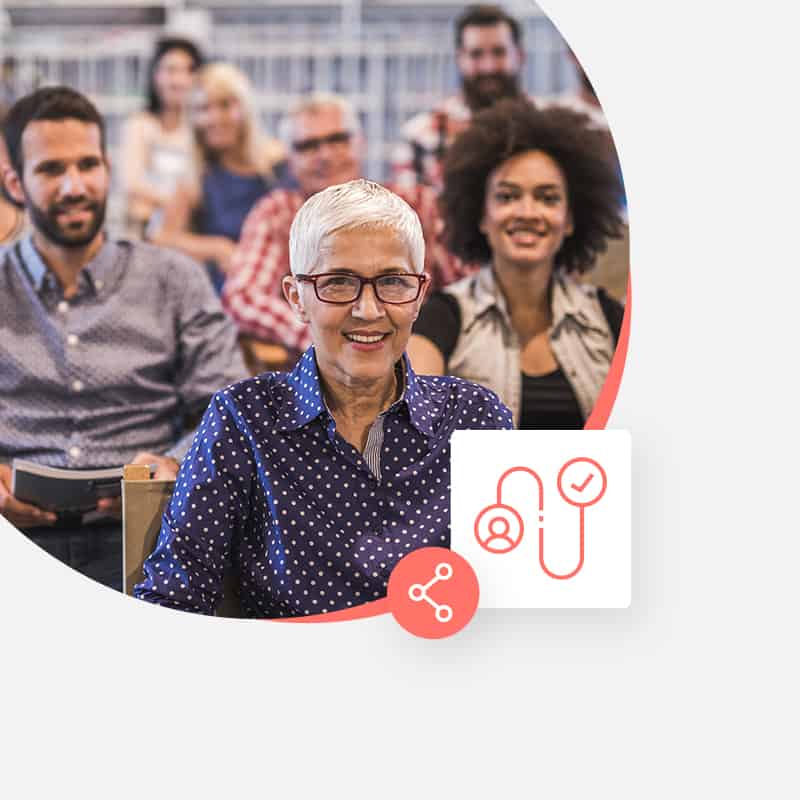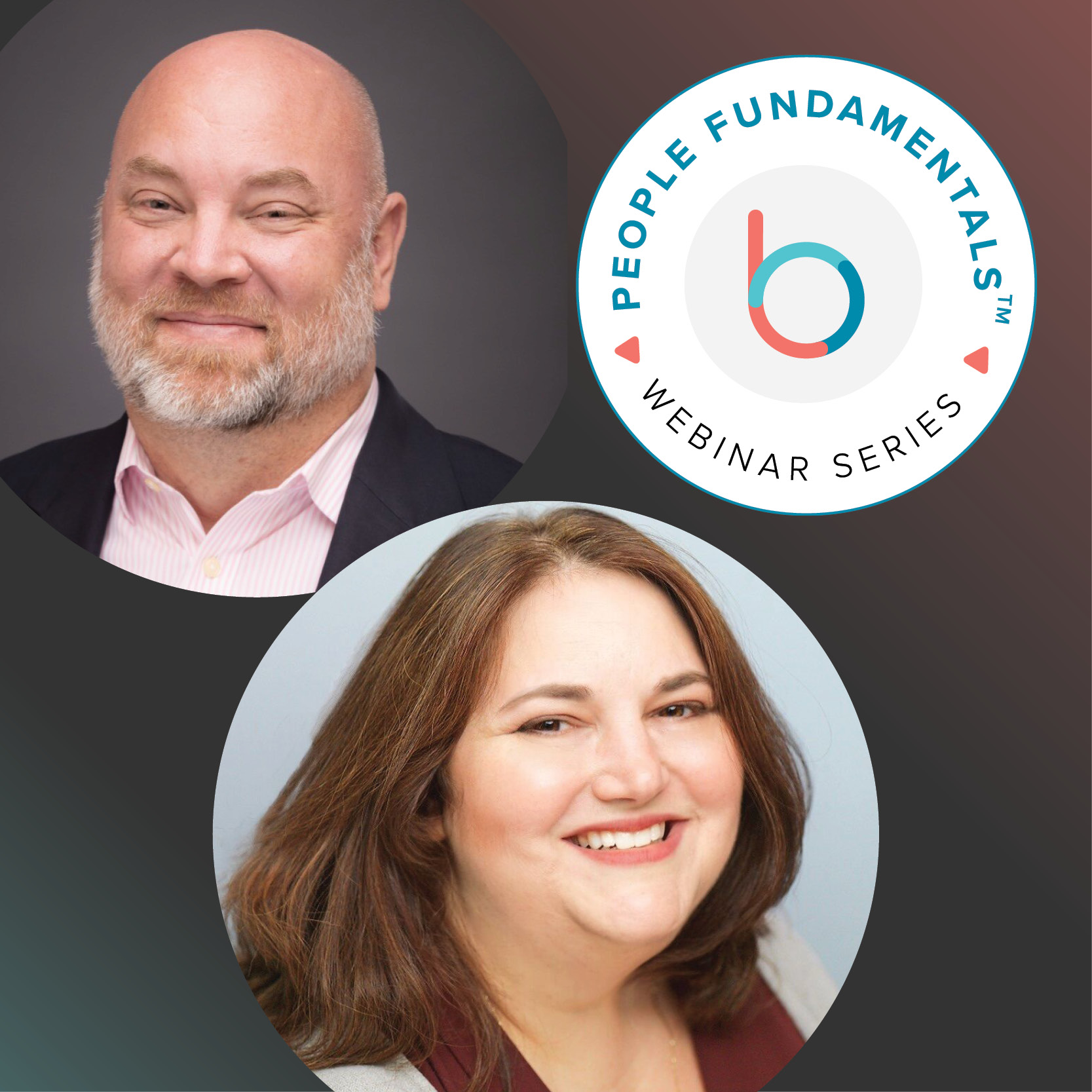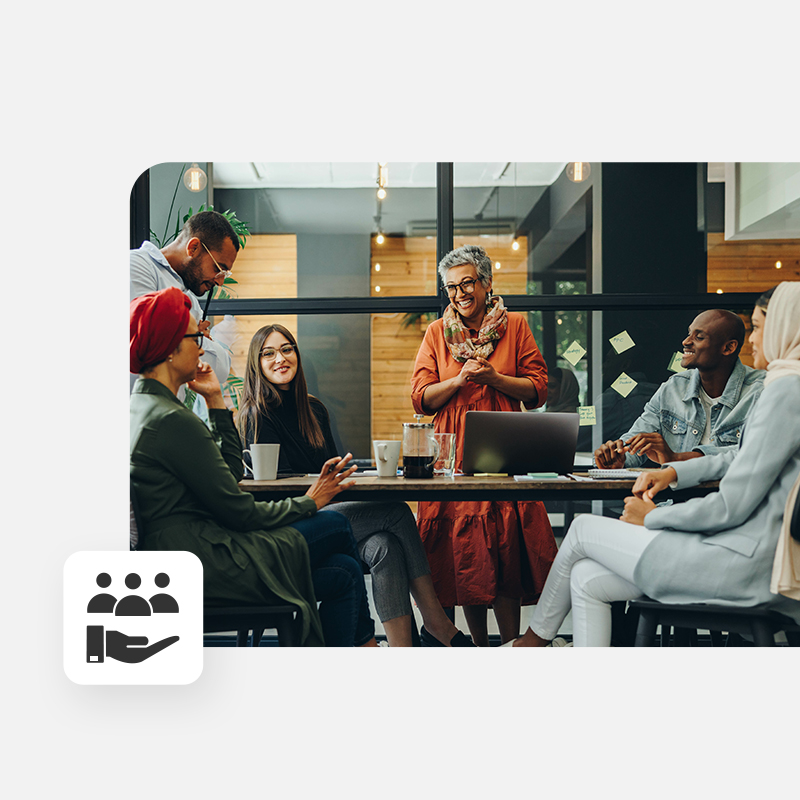What does DEIB look like to employees when it’s real? What are their expectations and experiences?
While diversity, equity, inclusion, and belonging (DEIB) is an oft-discussed topic among HR teams and employees, research shows that company leadership needs to get further along faster. Despite an expected doubling in corporate investment in DEI between now and 2026, the World Economic Forum says it will take 131 years to close the worldwide gender gap alone.
DEIB expert and assistant professor, Dr. Stephanie Creary, of The Wharton School at the University of Pennsylvania says that for DEIB initiatives to succeed, they must be elevated to the same level of importance as other enterprise-wide initiatives. She has developed a goal- and action-focused MERIT framework to help turn talk into organizational practice.
Multiple studies have shown that companies committed to making DEIB tangible, rather than simply performative, will have an easier time retaining talent, improving engagement and productivity, and delivering innovation.
In honor of Pride Month, we asked Betterworks employees what actions they see as reflective of a company that is committed to meaningful diversity, equity, inclusion, and belonging.
Let our differences make us better
Carly: Diversity, equity, inclusion, and belonging in the workplace starts with being surrounded by people who are different from me — and seeking that out in employers. Being part of a homogenous workplace isn’t what creates belonging; it’s often our differences that truly bring us together and create meaningful change and impactful work. Interacting on a day-to-day basis with other colleagues of different backgrounds, races, ethnicities, sexual orientations, gender, and experiences is something I feel makes me better personally and professionally.
I believe companies can create real DEIB by practicing what they preach. If they are only hiring employees who share their same beliefs, personality traits, and work tendencies — but are publicly voicing how much they value DEIB — how much is really being accomplished? Proof of DEIB can take shape in a lot of different ways. One that I always pay attention to is the people leading the company. Are they all white, middle-aged men? Are there women in leadership positions? Are there minorities? Ultimately, who are the people the CEO is surrounding themself with? I believe impactful DEIB starts at the top and trickles down throughout the rest of the organization.
“Interacting on a day-to-day basis with other colleagues of different backgrounds, races, ethnicities, sexual orientations, gender, and experiences is something I feel makes me better personally and professionally.”
carly
Incorporate different paths and viewpoints into hiring, policies, and products
Marilyn: DEIB in the workplace means a lot to me. Companies can achieve this in a variety of ways.
First, we need to hire from a diverse pool of candidates. That means not just using the traditional recruiting routes, but actively seeking out and posting to job boards that target underserved communities like women and ethnic minorities. Additionally, not having strict requirements for jobs that might tend to include those who took non-traditional routes — like maybe only having a two-year degree, or no degree at all but a lot of experience — can improve diversity. And finally, companies should use available tools to make sure the wording in job posts is not skewed toward white cis-gendered men.
Second, companies need to be open to doing things differently in their interactions with people. Different cultures and backgrounds interact in different ways, so checking in with employees about basic policies and procedures — and especially seeking input from those in the minority — helps widen the tent. Many women and minorities report having to “code-switch” to fit into the dominant culture. They would be much happier at work if their work styles and ways of communicating were more widely understood and accepted.

Third, companies need to promote a culture of inclusivity. At Betterworks, we have people in high-visibility positions who are LGBTQIA+ and they have active support from influencers here. I feel comfortable at Betterworks talking about my family and my life activities, like attending Pride events and being on the LGBT Commission of San Mateo County.
As a company, we need to keep doing many of the things we already do. We have an active DEIB team, and participating employees have quarterly professional goals that include this DEIB work. We have vocal support from our management. We actively educate each other. We incorporate DEIB thinking into our product, which models best practices for our customers. For example, I participated in a design discussion about how we should model gender questions in our data analytics integration with Visier.
“Different cultures and backgrounds interact in different ways, so checking in with employees about basic policies and procedures — and especially seeking input from those in the minority — helps widen the tent.”
marilyn
Understand what ‘belonging’ means and create a safe space
Max: This is something I’ve had to consider for a long time. I first was introduced to DEI about 30 years ago, when I was involved in the union at my job, and they made inclusion and equity an important part of protecting employees’ rights and opportunities.
The DEI part is relatively straightforward and measurable. The ‘belonging” part of it is pretty new, though, and maybe the part that is the hardest. What do people expect when they come to work? Is it OK to show up, do their work, and be treated with basic respect? Does it mean fostering affinity with the people they work with on a broader level?
“What I have found that what works is creating a safe space for people to bring themselves as they are comfortable, and respecting what they bring. It is often in the little things, like covering time for religious observance, directing conversations away from topics that could create an atmosphere of exclusion, or highlighting the skills each brings to the table, that this space is cultivated and maintained.”
max
I know some people who are happy to pass through this space, for the 40-ish hours they spend here each week, and not feel like they lost part of themselves in the process. Then there are others who would like to find their “happy place” among the people who share space during this time. I think “belonging” as a concept needs to encompass both of these things. Where I have seen companies fail at this is in either going through the motions to avoid the basis of liability and failing to achieve even that, or going to the other extreme of spotlighting those who are “different” for praise and attention that ends up reinforcing them as an “other.”
In terms of what I do to try to foster a sense of belonging at work, I lead a team that is very diverse across ages, cultures, and genders. What I have found that what works is creating a safe space for people to bring themselves as they are comfortable, and respecting what they bring. It is often in the little things, like covering time for religious observance, directing conversations away from topics that could create an atmosphere of exclusion, or highlighting the skills each brings to the table, that this space is cultivated and maintained. And we’ve gotten to be good at watching out for each other. It is good to see an atmosphere of belonging arise organically as a result.

Learn diversity and live it out
Bruce: DEIB in the workplace is a critical part of a company’s culture. It’s very easy for organizations to put out statements or to change their logos to rainbow colors during June, but the true test of DEIB in the workplace is whether they speak and act behind closed doors within the company as they do with the external press they are courting.
DEIB means that when a policy, change, or initiative occurs, those putting it in place naturally consider all the employee groups and the impacts it will have, without this being requested. This could be as simple as making sure that the wording of an HR policy is inclusive to all family/partnership groups, rather than just focusing on the needs of the recognized majority, or thinking about the impact of scheduling meetings at times that may infringe on a colleague’s religious or personal requirements.
“DEIB in the workplace is simple. It’s all about understanding and accepting people’s differences and giving them the respect that we as individuals would like ourselves.”
bruce
How can organizations make a real difference when it comes to DEIB? The more it is discussed, acknowledged, and the norm challenged, the better. We all grow from understanding more about those around us. We should be curious and take every opportunity to discuss, read, watch, and learn as much as we can about the things that matter to the people we work with. Think of it from a manager’s perspective. How can you effectively manage an employee if you don’t understand what is important to them? Believe me, if your team member has a different gender, sexuality, religion, ethnicity, or age than you, these will all be critically important to them.
DEIB in the workplace is simple. It’s all about understanding and accepting people’s differences and giving them the respect that we as individuals would like ourselves.
Psychological safety is one of the foundations of DEIB. Learn more about what Betterworks employees say psychological safety looks like at work.
Doing the Work: How HR Can Lead the way on DEI



